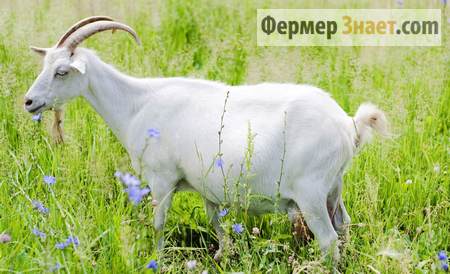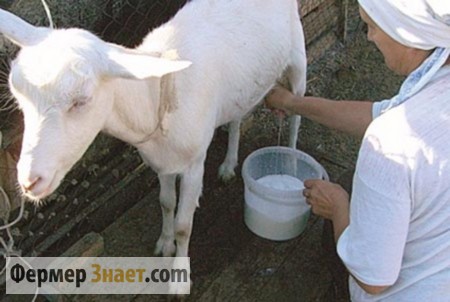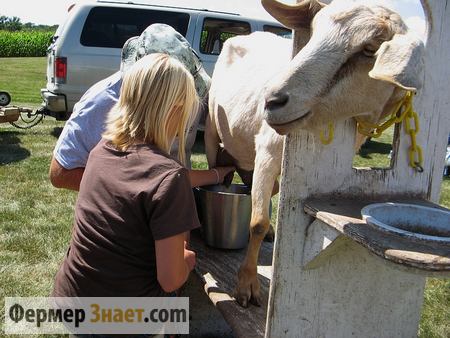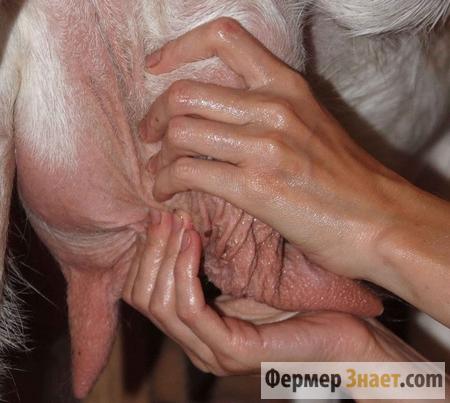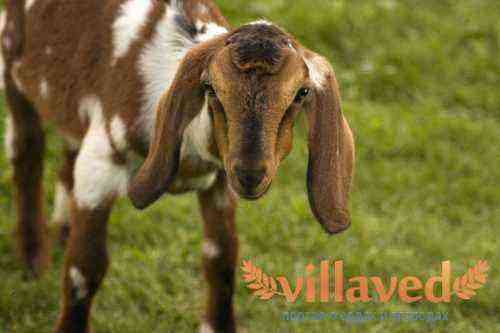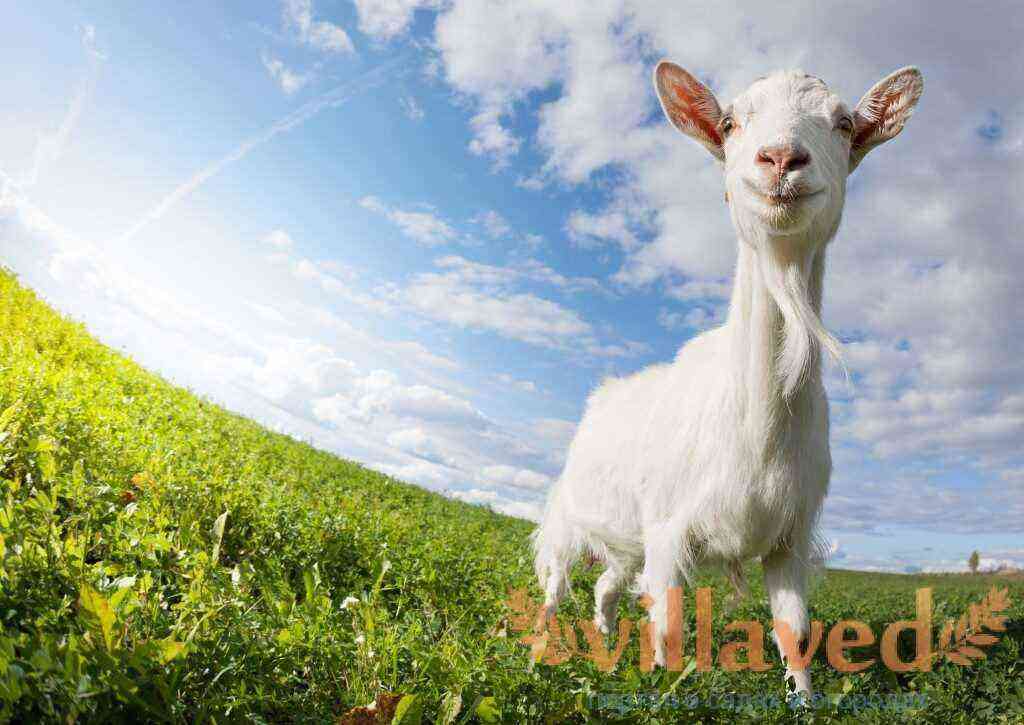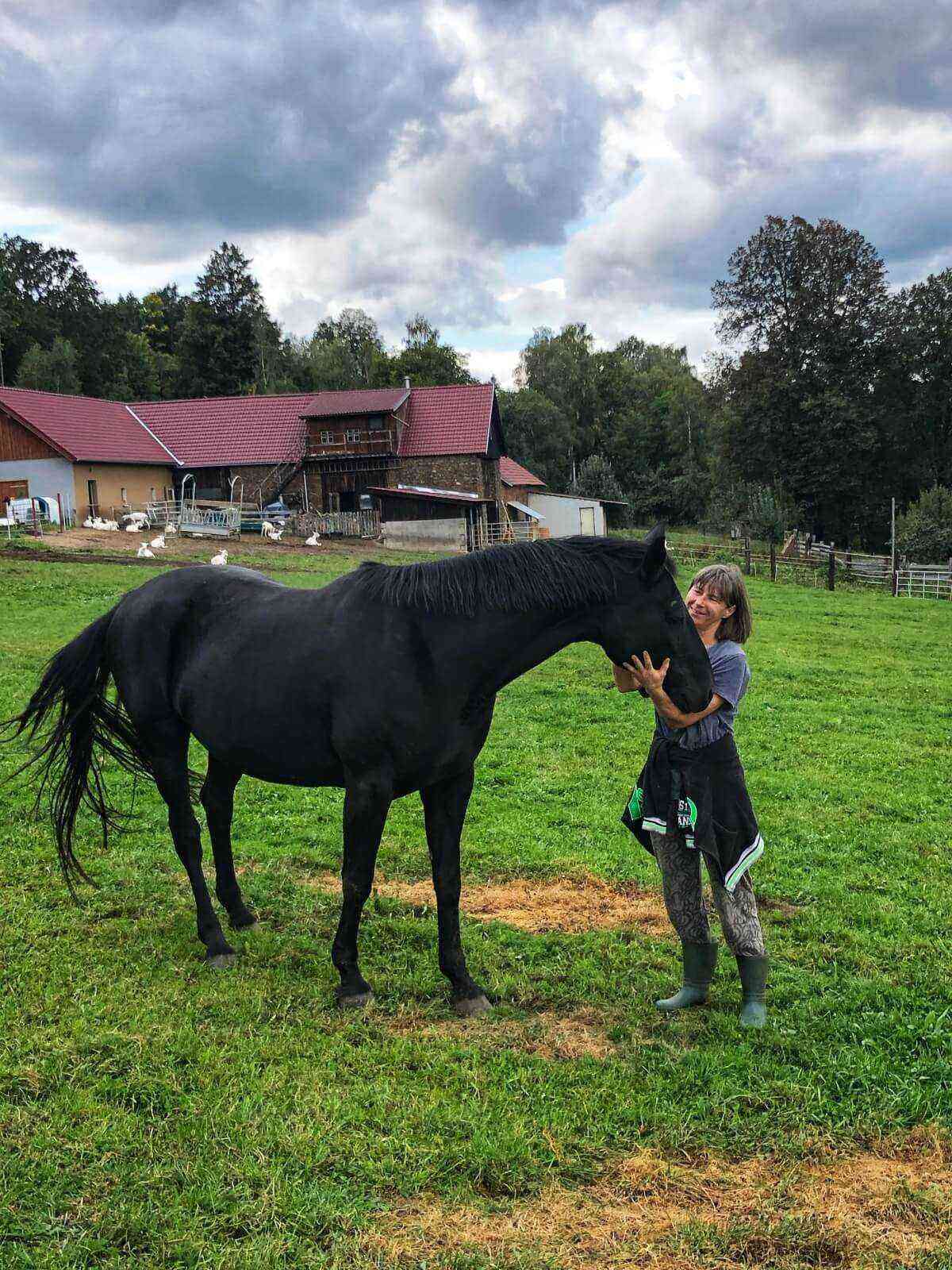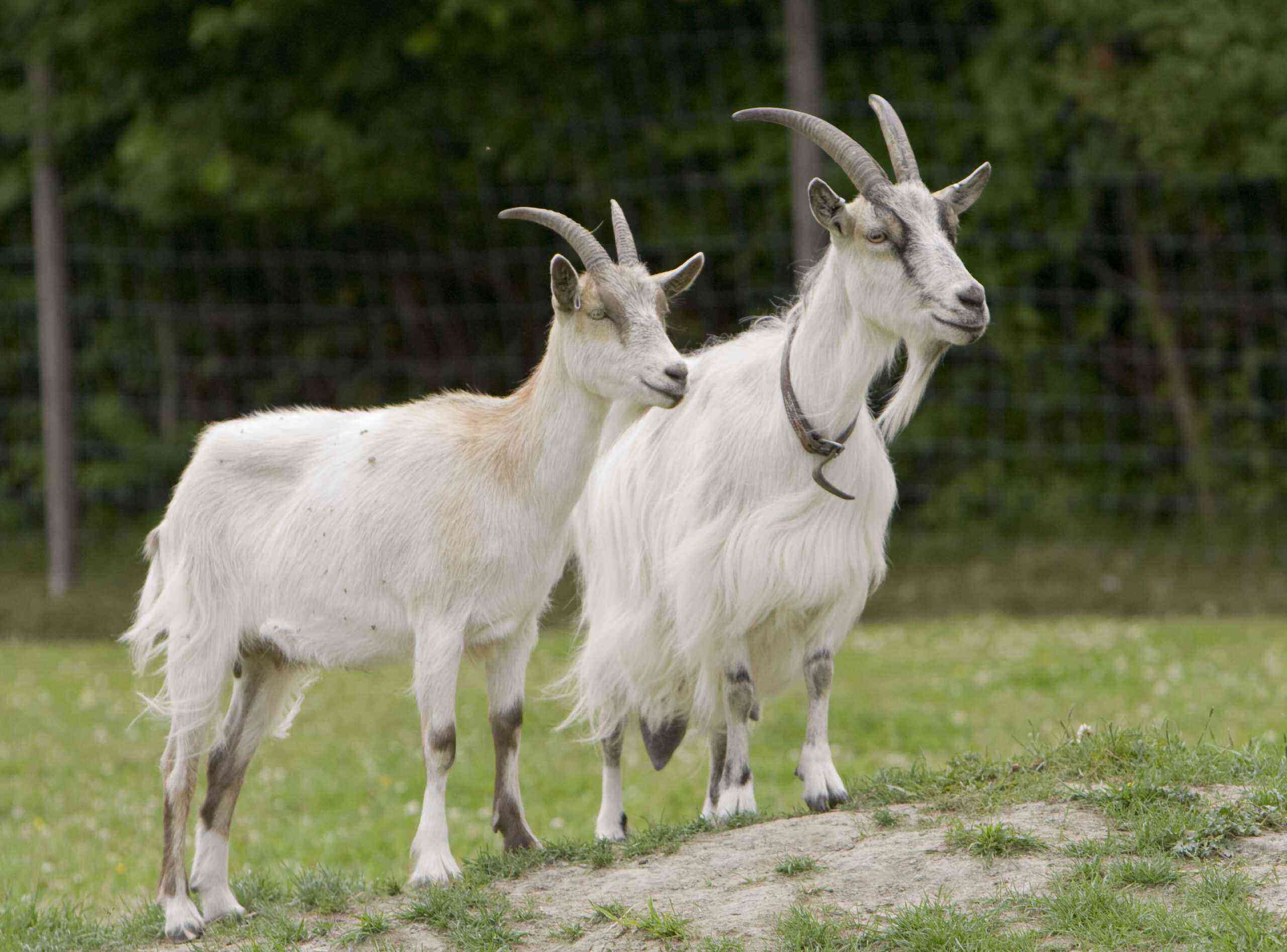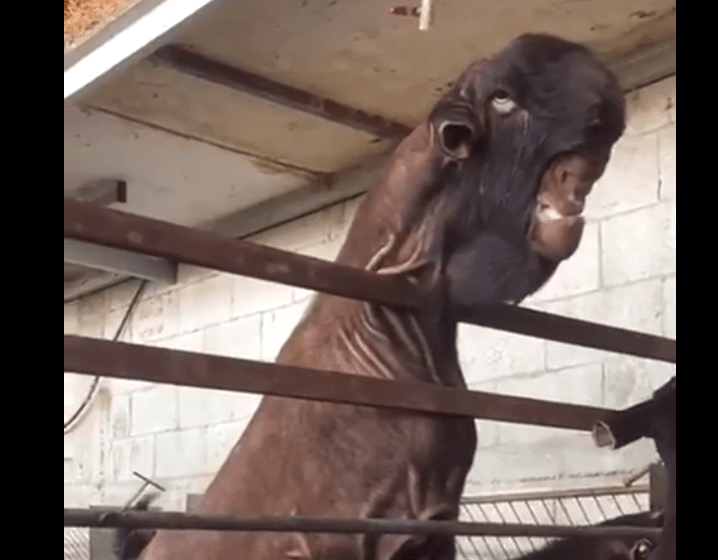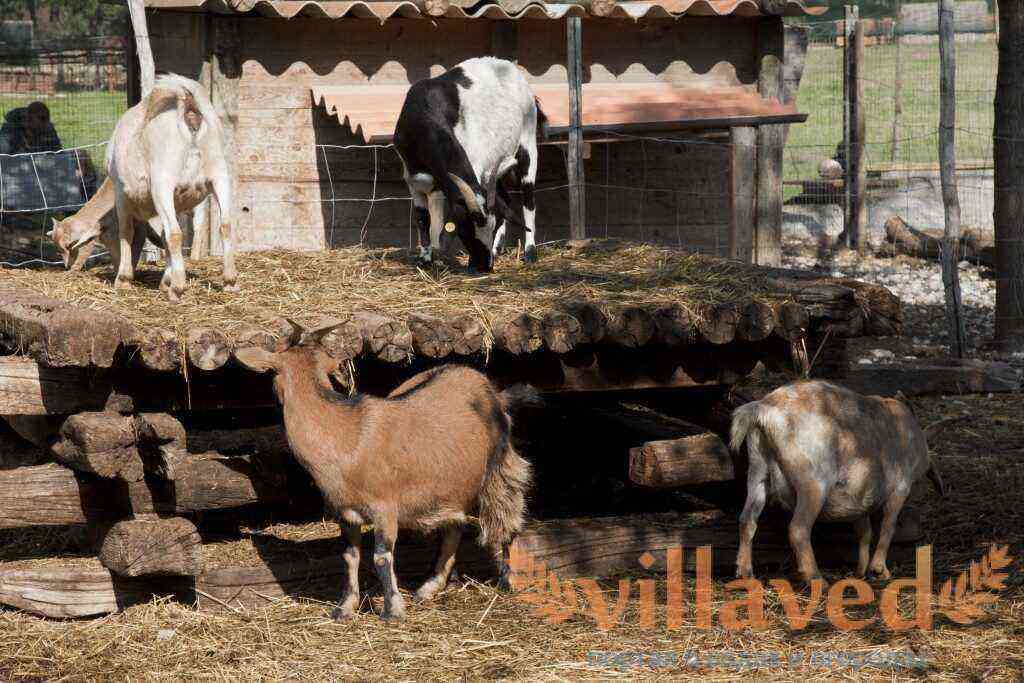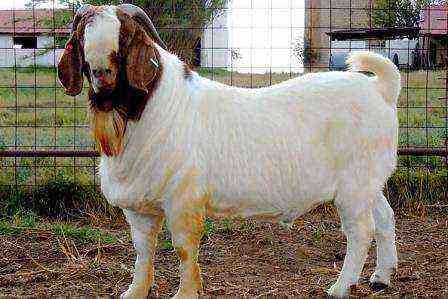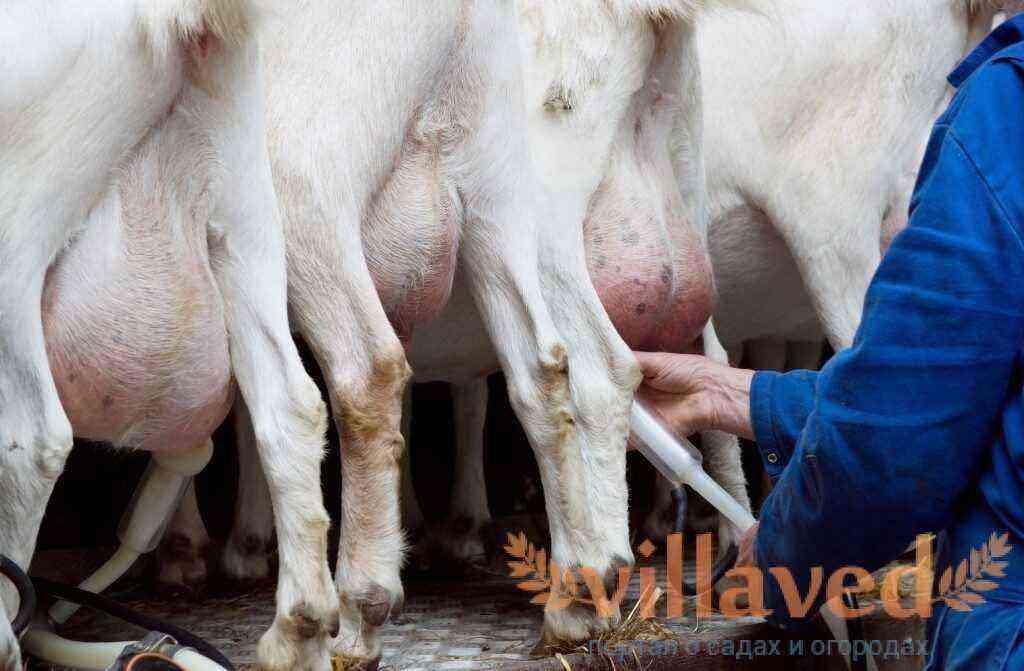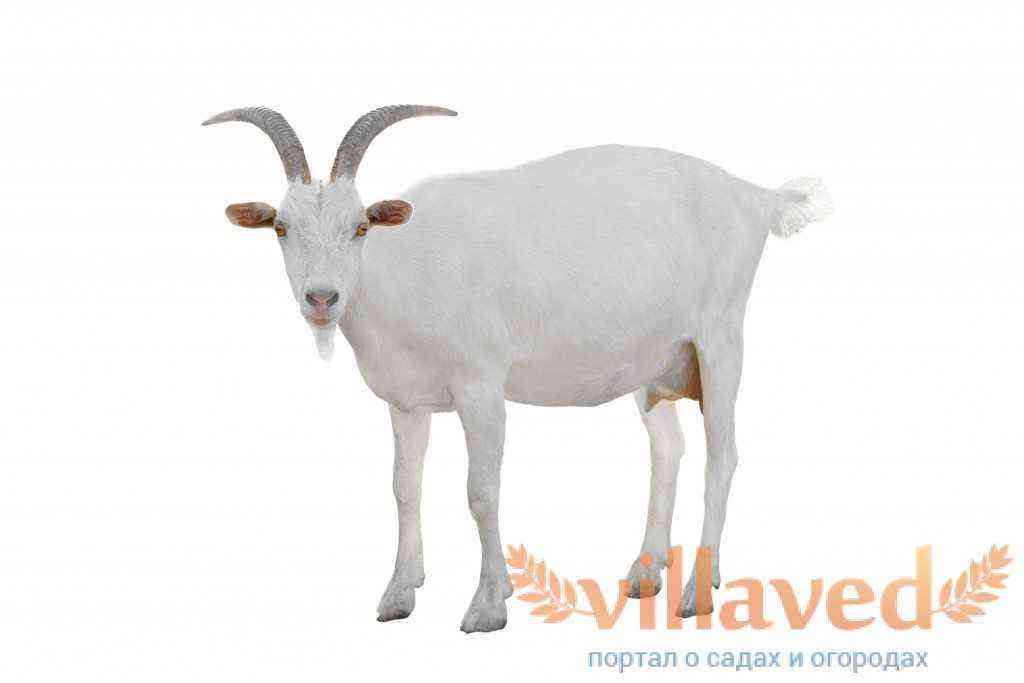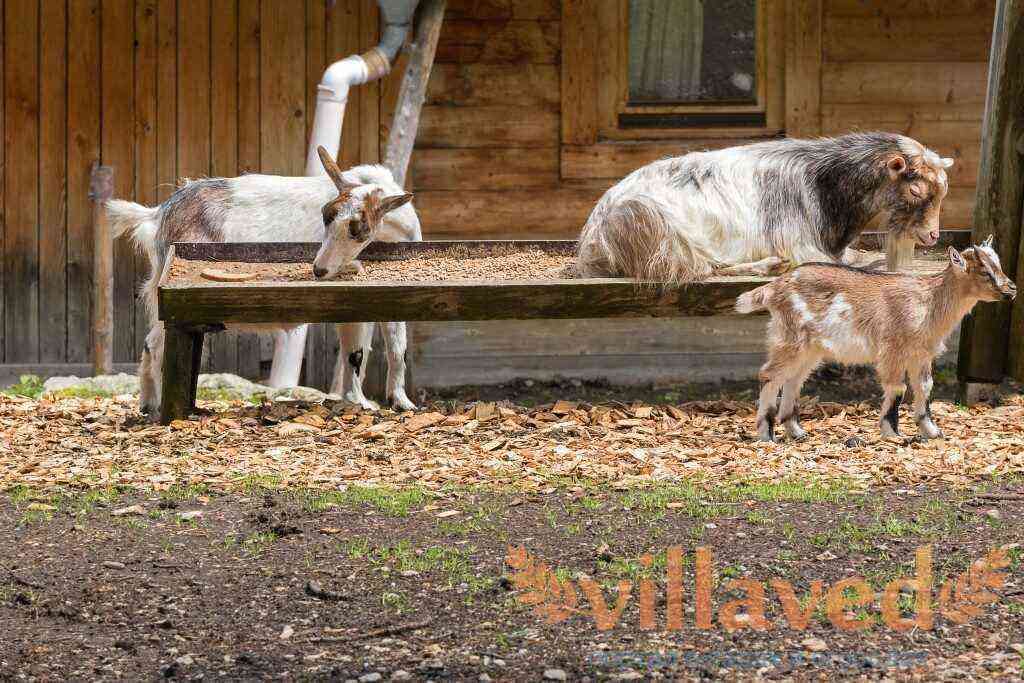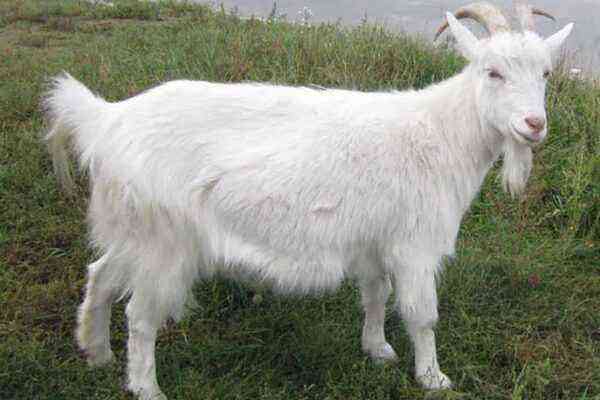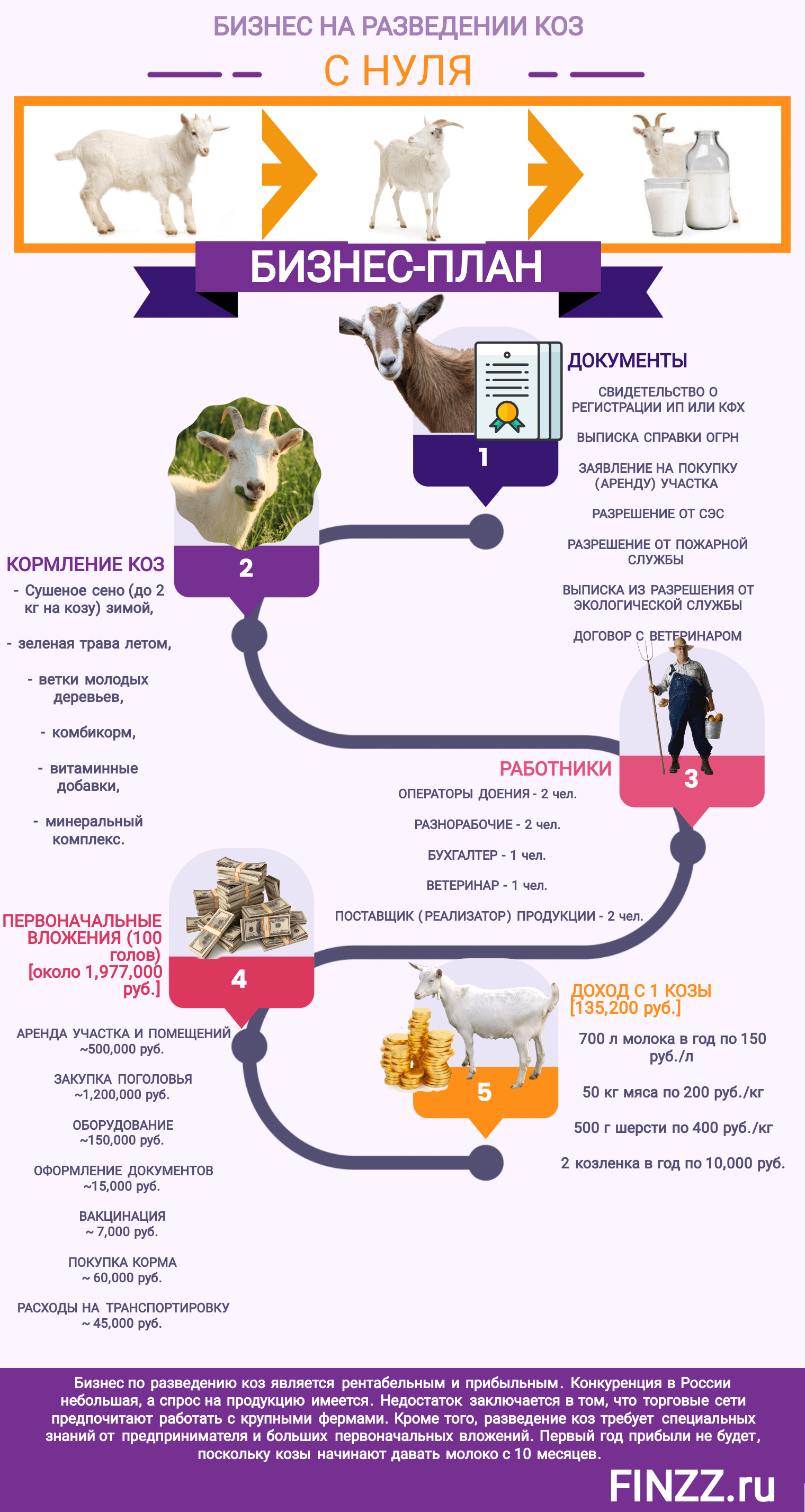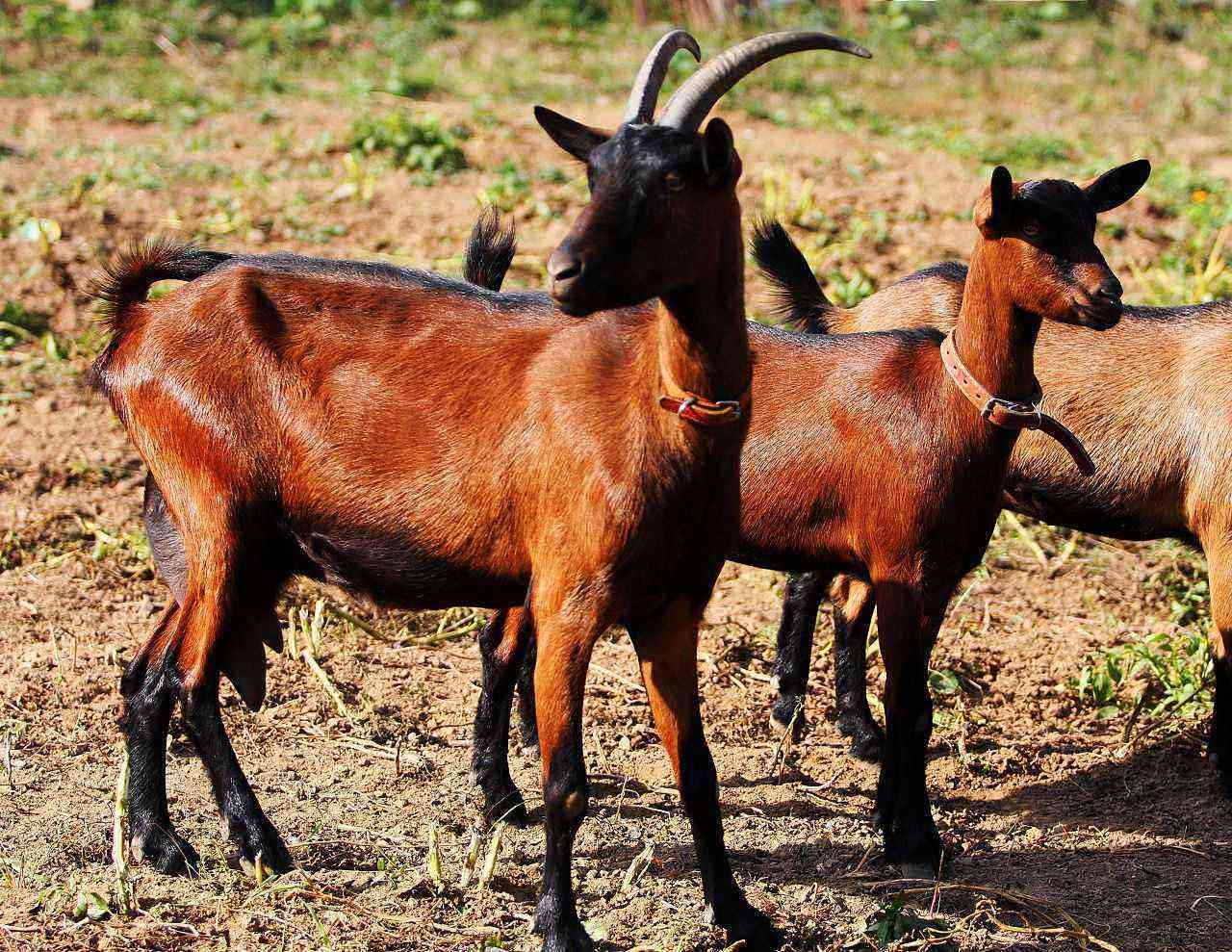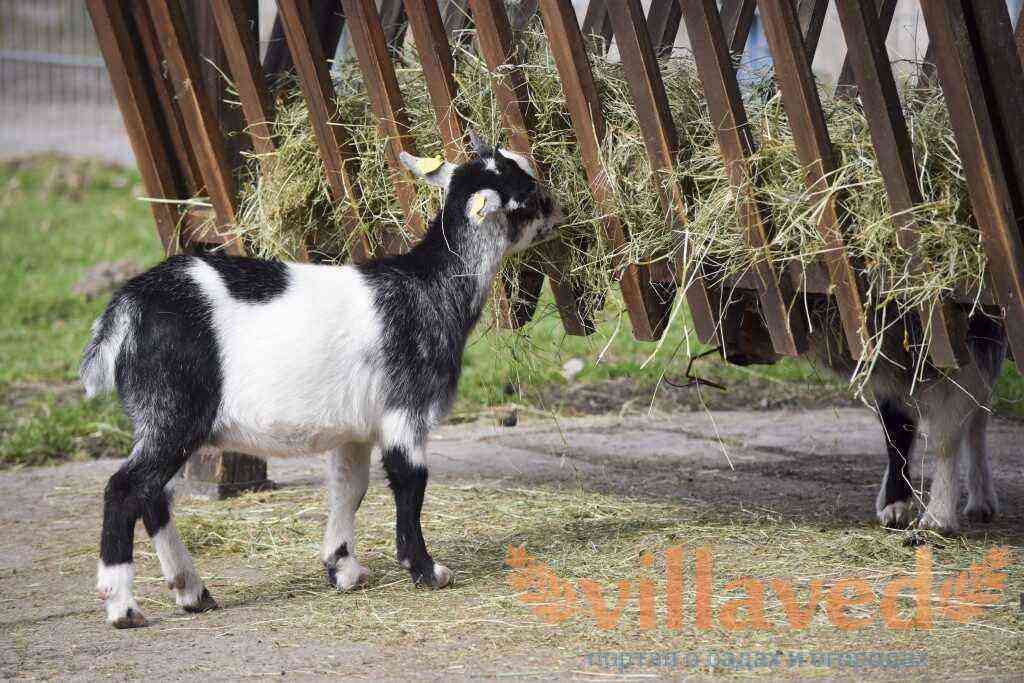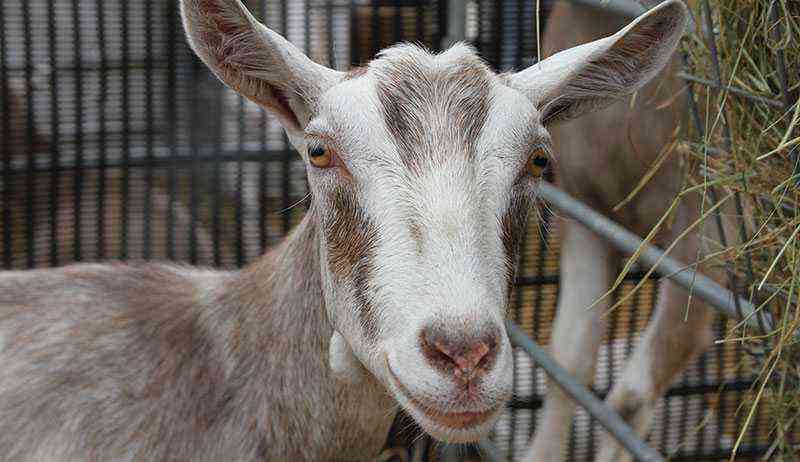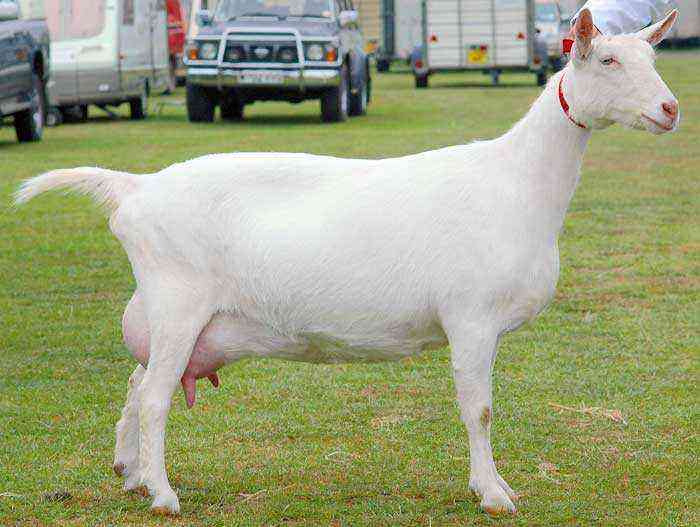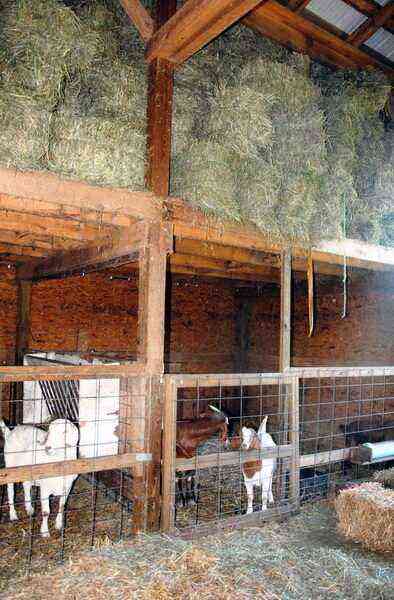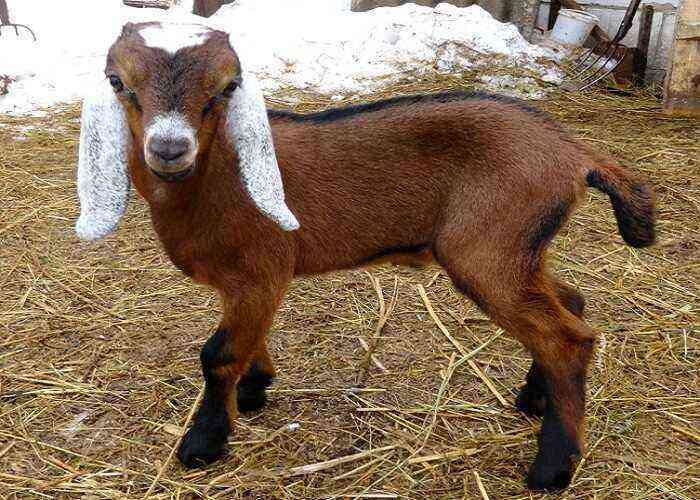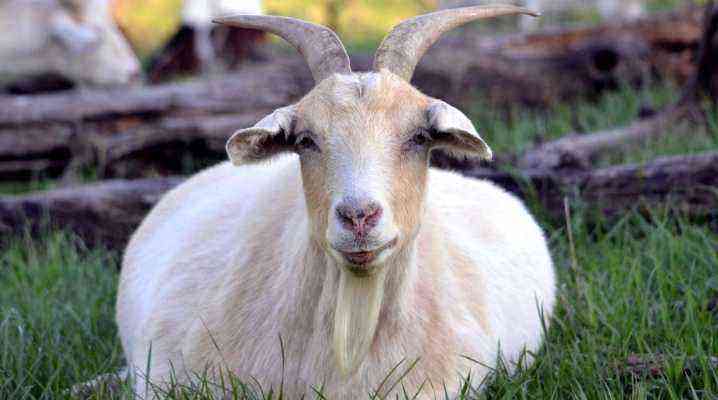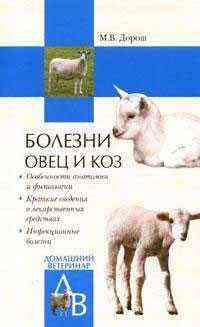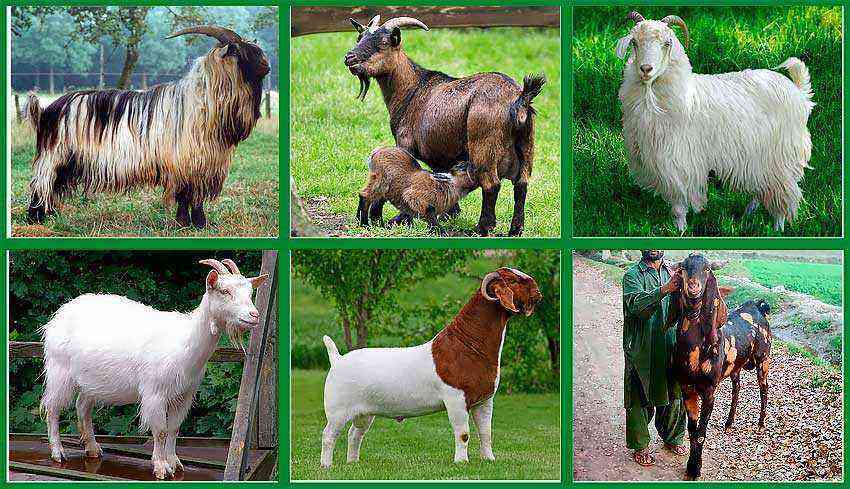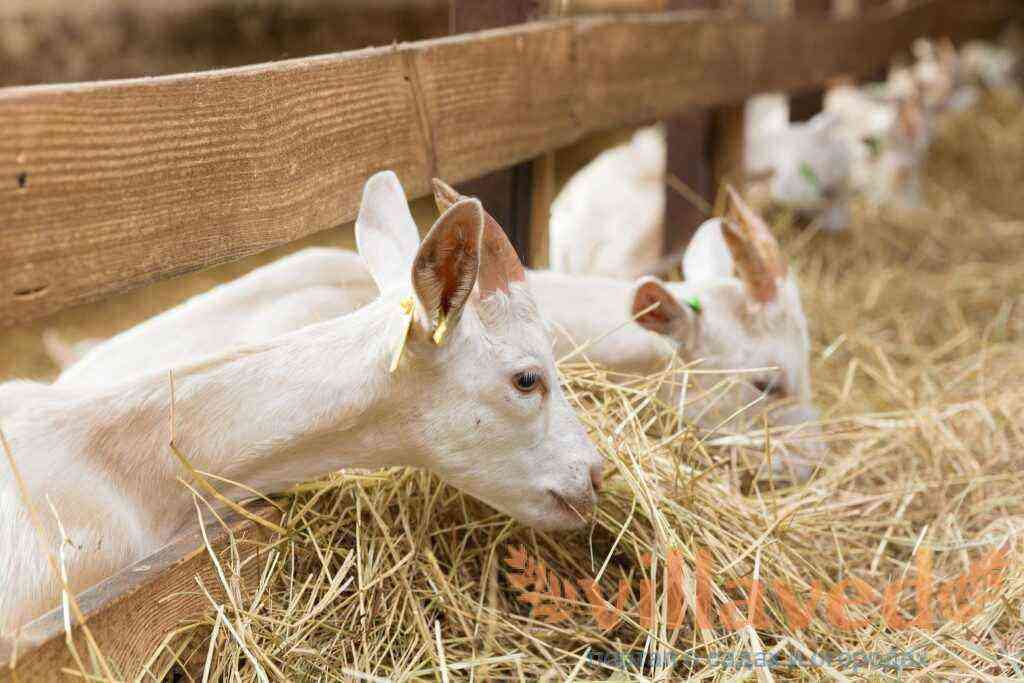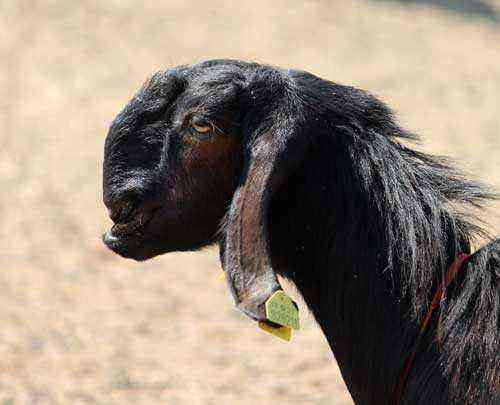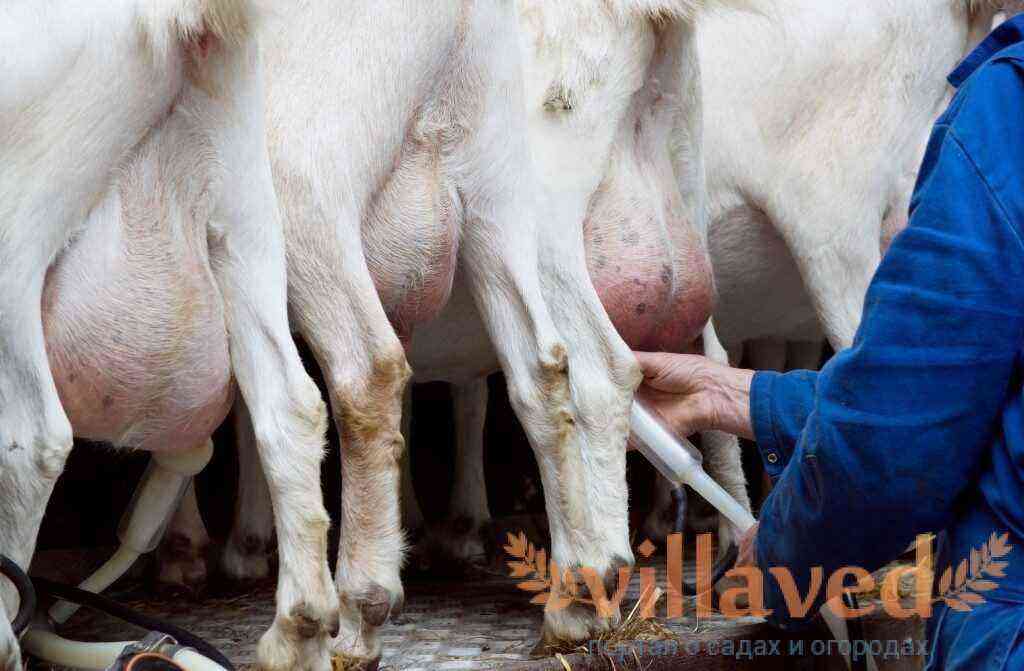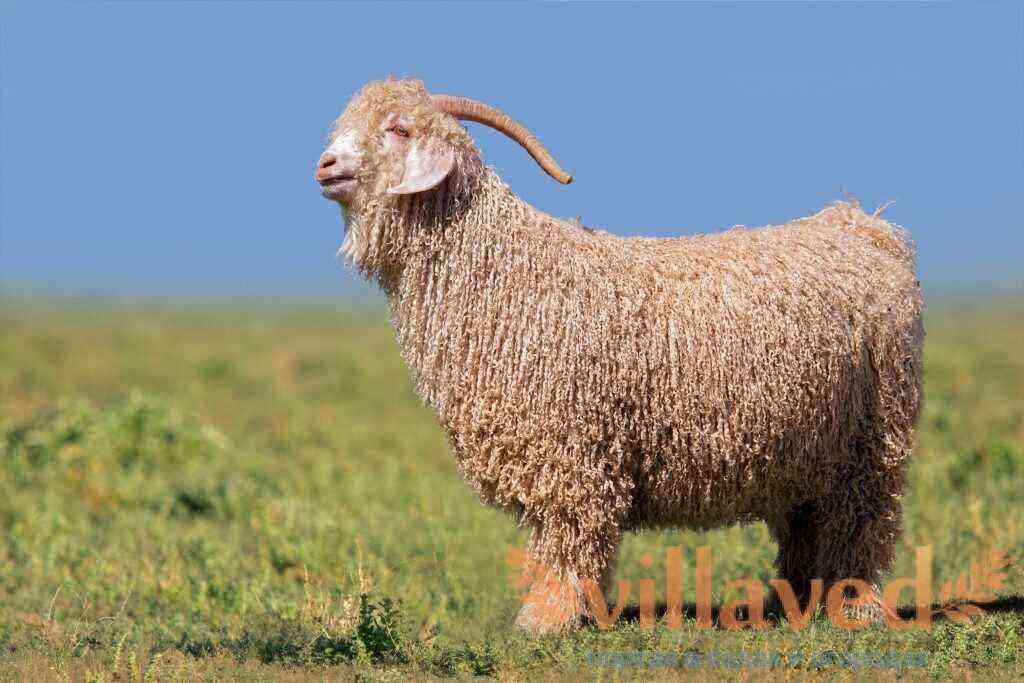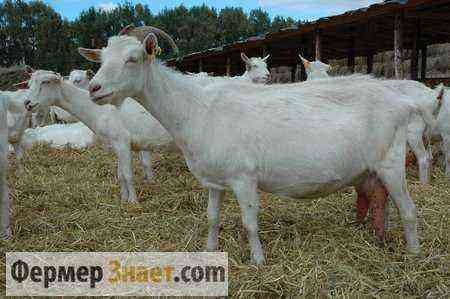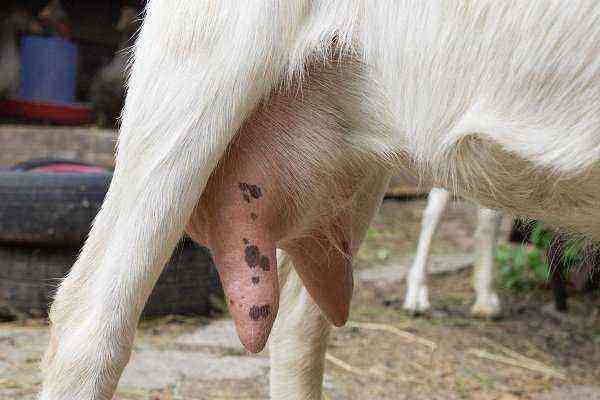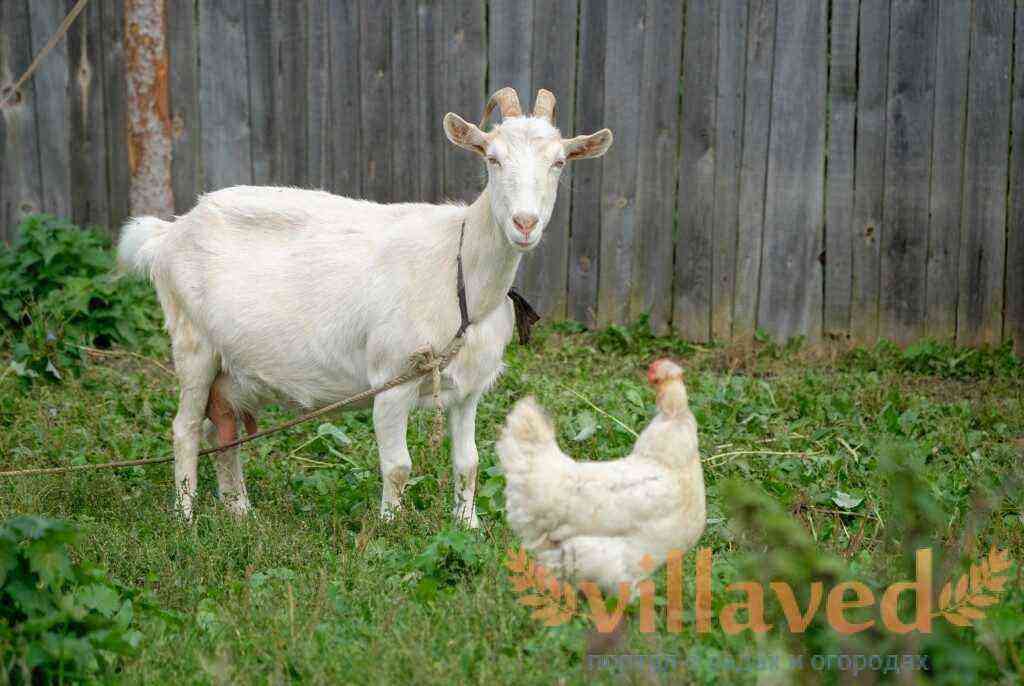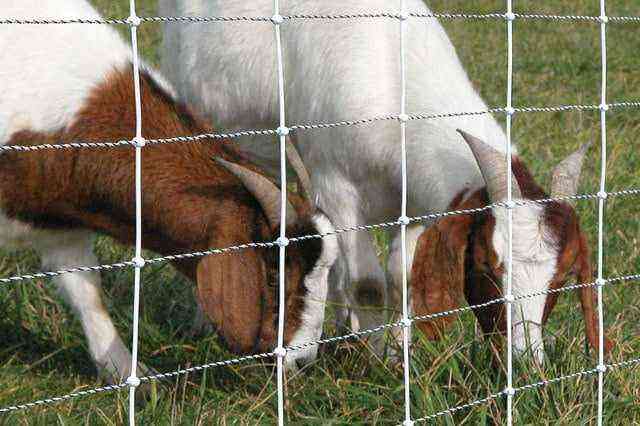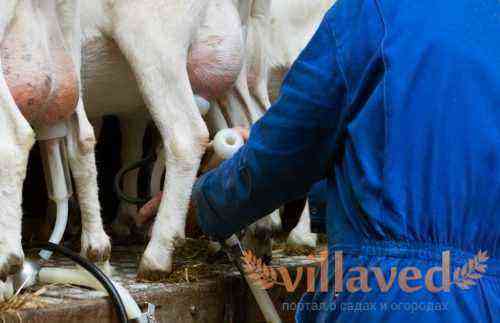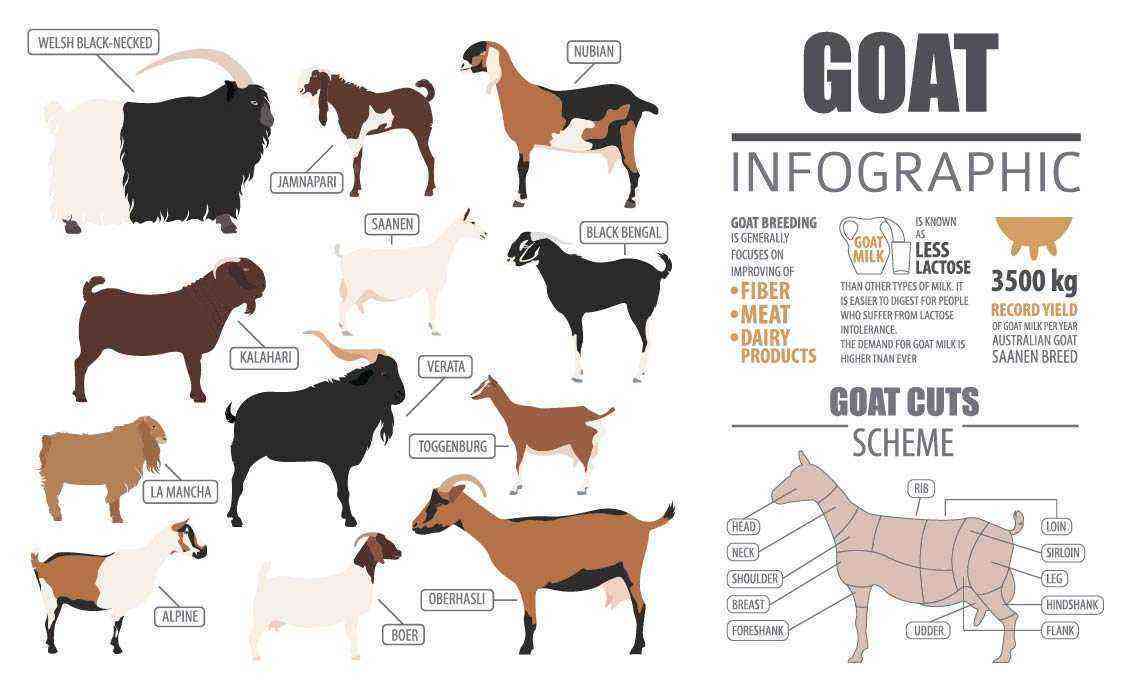Contents:
How to milk a goat after the first lamb? How many times a day to milk? These questions are literally full of various livestock forums. From which we can conclude that not all goat breeders are able to cope with this problem on their own. Meanwhile, the problem of distributing a goat-firstborn is very acute. It’s no secret that abundant milk yields begin after the first lambing. Therefore, we decided to tell you about all the features of milking a goat after the first appearance of offspring.
Is it necessary to prepare the udder for milking during pregnancy?
Of course you do! Just not during pregnancy. It is recommended to start preparing the udder about a month before lambing. This preventive measure will help milk the goat without any problems in the future.
In order to prepare the udder for lactation, it is necessary to gradually accustom the goat to milking. This is done as follows: the udder should be stroked daily with soft, massaging movements. You can use a towel soaked in warm water.
Approximately 1,5 – 2 months before the baby goats are born (if your wet nurse has had kids before), it is recommended to start a goat. This is done so that milk yield does not decrease after lambing. You need to start the animal (stop milking it) gradually. For starters, reduce the number of milkings to once a day. Then the animal is milked after two or three days. After such events, the goat’s udder should be sluggish, with no visible seals.
There are cases when the lactation of a goat continues immediately before the onset of childbirth. If you are faced with such a phenomenon, then you do not need to milk the udder dry. Useful substances contained in milk are necessary for the animal for the normal development of the fetus.
If the goat will work on two fronts: to provide milk for you and her future kid, she may overstrain. And then milking the animal is unlikely to succeed.
When is a goat milked for the first time after lambing and is it necessary to let goats go to it
It should be noted right away that it is best to start dairy goats. In this case, you can milk the goat immediately after lambing. Other varieties of animals begin to give out only three months after the birth of the kids.
Milking a goat after lambing is necessary in order to give the newborn baby milk to drink. If you are breeding goats for profit, then it is not recommended to let kids near a dairy goat. Young animals should be kept in a separate pen, but in such a way that the kid constantly sees his mother.
If the babies suck on the udder on their own, they can damage it with their horns. In addition, the young will consume too much milk, which is at the core of your business. It is best to milk the goat on your own immediately after lambing, and give the baby milk to drink from a bowl.
In the first week after lambing, goats have increased lactation, so it is recommended to milk them about five times a day.. At the same time, it is recommended to feed the young only four times a day.
After a month of such feeding, milk can be diluted with warm water. By the age of three months, young animals are usually completely transferred to an adult diet. And goats from five times milking must be transferred to three times a day. Such a scheme will help to milk the goat after lambing without any problems.
What you need to increase milk yield after lambing
After the goat has brought offspring, the animal’s lactation is simply excellent. But then, after a month or two, farmers notice a drop in milk yield. This usually happens due to non-compliance with elementary rules for keeping and milking animals. They look something like this:
- Animals should always be milked at the same time. Experienced farmers advise milking goats three times a day. This helps to increase the productivity of even dairy breeds.
- Pay attention to the diet of animals. Goats should not eat a lot of grains. This leads to obesity, and overweight animals will never show high levels of productivity. It is better to feed your wards with concentrated feed and mineral supplements. If milk yields have gone down sharply, it is recommended to exclude potatoes from the diet, it negatively affects productivity. It is better to include chamomile, turnip, bagasse and bean hay in the feed.
- Milk goats properly. The udder must be massaged before and after milking. In addition, it must be treated with disinfectants. Remember that you need to milk milk to the last drop.. This will bring you a double benefit: it will help increase the productivity of animals and make milk more fat. The fact is that the last servings of milk usually contain the main amount of fat. Experienced goat breeders note that animals give more milk if they are milked in the fresh air.
As you can see, milking a goat after the first lambing is not very difficult. Even a person who is just starting to breed these pets is quite capable of doing this. Finally, I would like to give some useful tips, designed just for beginners:
- After you have massaged the goat’s udder, it is recommended to lubricate it with petroleum jelly. This will prevent the formation of microcracks.
- It is best to milk a goat with your fist, pinching the nipple at the base with your thumb and forefinger. With the help of other fingers, make rhythmic pressure.
- If the goat behaves restlessly during milking, it makes sense to make a special machine and tie the animal to it. Or try to milk the goat directly during feeding.
- Don’t forget to talk to your charges. Goats are very intelligent creatures, and more than anything else, they value affection and attention.
